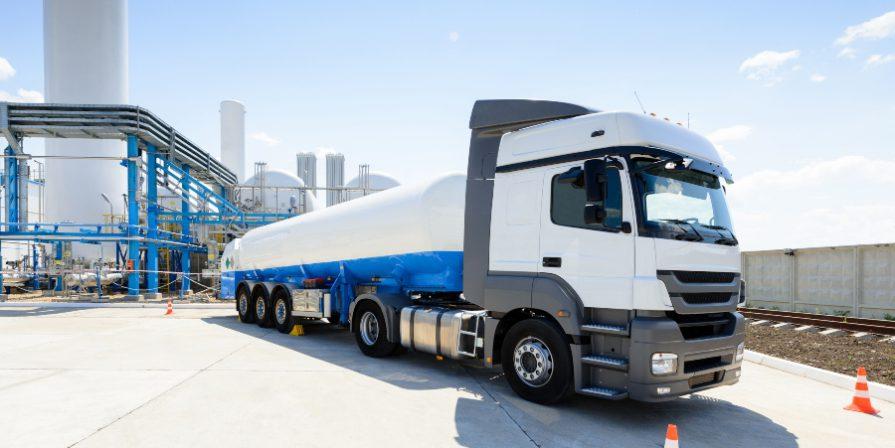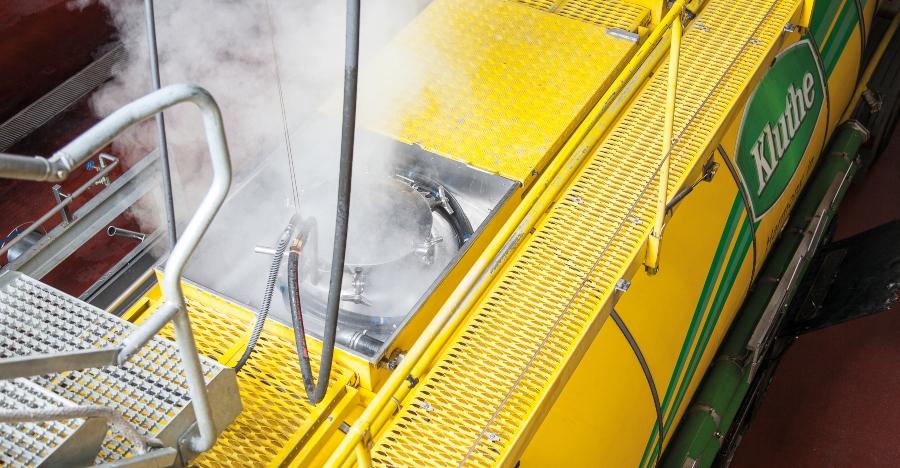Bulk transportation of feed, chemicals, petroleum products, and foodstuffs often takes place in tank trucks. To ensure that goods arrive safely at their destination in top condition, thorough tank truck cleaning is essential — both at regular intervals and every time the cargo changes. Here is what you need to know about properly cleaning tank trucks.
What Standards Apply To Tank Truck Cleaning?
Tank trucks (whether trucks or trailers) are designed to carry dry bulk, liquid, or gaseous products in a built-in tank. Many are equipped with hoses, pumps, or blowers to help with unloading. In the United States, tank truck cleaning is regulated by multiple federal agencies depending on the cargo type. The EPA’s Transportation Equipment Cleaning (TEC) Effluent Guidelines (40 CFR Part 442) govern wastewater discharge from tank cleaning facilities. The FDA sets food safety requirements under the Food Safety Modernization Act (FSMA) and the Pasteurized Milk Ordinance (PMO) for Grade A milk.
While the FDA does not directly certify tank wash facilities, it expects shippers and carriers to comply with sanitary transport rules, and many facilities undergo third-party inspection and certification to meet customer requirements. The Department of Transportation (DOT) sets cargo tank specifications and inspection requirements under 49 CFR Part 180. Together, these standards help ensure product quality, environmental protection, and worker safety during cleaning operations.
What Documentation Is Required?
US tank cleaning facilities must provide proper documentation to demonstrate compliance with federal regulations. For food-grade tanks, facilities issue cleaning certificates that must be presented at loading locations before new products can be loaded. The FDA recommends that tank wash facilities performing food industry services receive third-party inspection and certification. EPA-regulated facilities must maintain records under NPDES permit requirements. The benefit of standardized documentation is that cleaning requirements are clearly communicated, and proper procedures are verified regardless of the facility location.
How Are US Cleaning Standards Structured?
Unlike European systems that use letter-number codes, US tank cleaning standards are organized by regulatory category and cargo type:
EPA Categories (40 CFR Part 442):
- Subpart A – Tank trucks and intermodal containers (chemical and petroleum)
- Subpart B – Rail tank cars (chemical and petroleum)
- Subpart C – Tank barges and ocean tankers (chemical and petroleum)
- Subpart D – Food-grade cargo tanks (direct discharge facilities)
FDA Food-Grade Requirements:
- Grade A milk – Must be cleaned at permitted facilities with specific sanitization
- Juice concentrates – Special cleaning protocols to prevent contamination
- Kosher products – Additional certification and rabbinical oversight required
- General food products – Cross-contamination prevention and bacterial control
DOT Cargo Tank Specifications:
- DOT 406 – Non-pressure liquid petroleum products
- DOT 407 – Low-pressure chemical liquids
- DOT 412 – Corrosive liquids
- MC 306/307/312 – Legacy specifications still in service
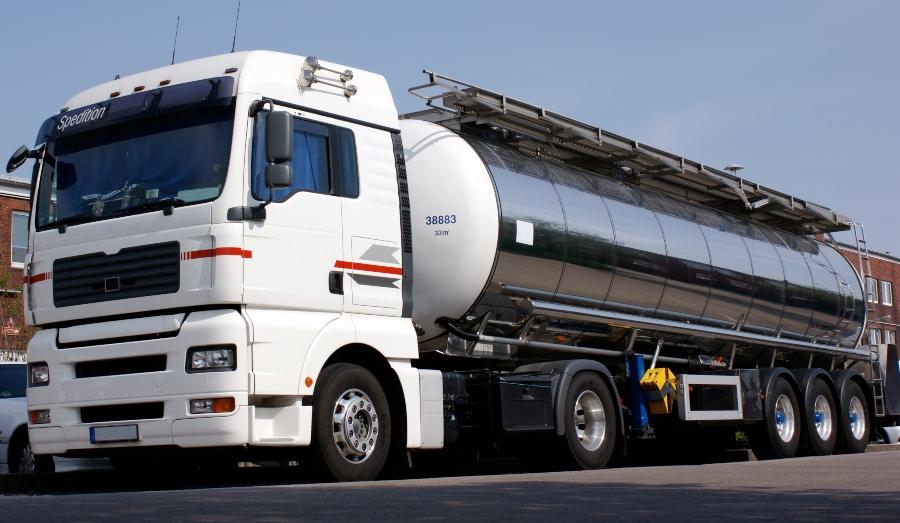
How Is Compliance Verified?
EPA compliance is verified through NPDES permits for direct dischargers and pretreatment programs for indirect dischargers. FDA compliance involves inspection by federal, state, and local authorities, as well as representatives of shippers and carriers. DOT compliance requires periodic testing and inspection by qualified personnel.
Key areas assessed for tank cleaning facilities include:
- Technical equipment specifications (design, inspection, maintenance, calibration)
- Operating procedures (work instructions, OSHA safety, qualified staff, emissions monitoring)
- Documentation (proper records, incoming inspection, cleaning method selection, final inspection)
- Environmental compliance (waste management, discharge permits, air quality)
- Specialized requirements (food safety, hazmat handling, cross-contamination prevention)
- Facility conditions (buildings, equipment, cleaning systems, waste treatment)
This multi-agency approach ensures that tank truck cleaning meets safety, environmental, and food quality standards while protecting both workers and consumers.
How Does Interior Tank Cleaning Work?
Modern Cleaning Facilities
State-of-the-art cleaning stations have sophisticated technology, including:
- Extraction systems for liquids and gases
- High-pressure pumps
- Hot water and steam generators
- Tanks for cleaning and disinfecting agents
- Tank washing heads
- Blowers for drying tank interiors
- Measuring and testing equipment
- Wastewater and exhaust air treatment systems
- Control systems
This equipment usually makes it unnecessary for workers to enter the tank. However, if entry is needed, strict safety measures protect workers from slips, falls, hazardous substance exposure, loose residues, and oxygen deficiency.
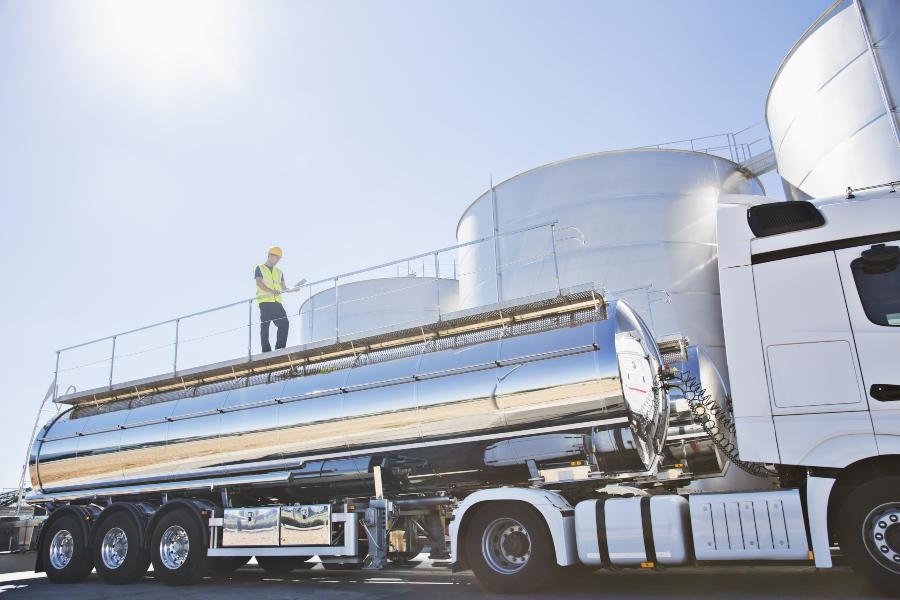
Incoming Inspection and Choosing the Right Method
When a wash order is received, the facility gets all necessary information about the truck, its last load, the required level of decontamination, and any final inspection steps. The chosen procedure, the use of special cleaners, rinsing or disinfecting agents, and safety measures all depend on this information. Therefore, the company must carefully verify that the details provided match the actual conditions.
Use of Cleaning Agents
Preferred methods for interior treatment include utilizing cold water, hot water, or steam. If these are not sufficient, special detergents or chemical solutions are needed. The agents chosen must be both effective and compatible with the residues being removed. Using the wrong product can trigger unexpected chemical reactions with leftover cargo. Given the wide variety of loads tank trucks carry, selecting the right cleaning solution is always a challenge.
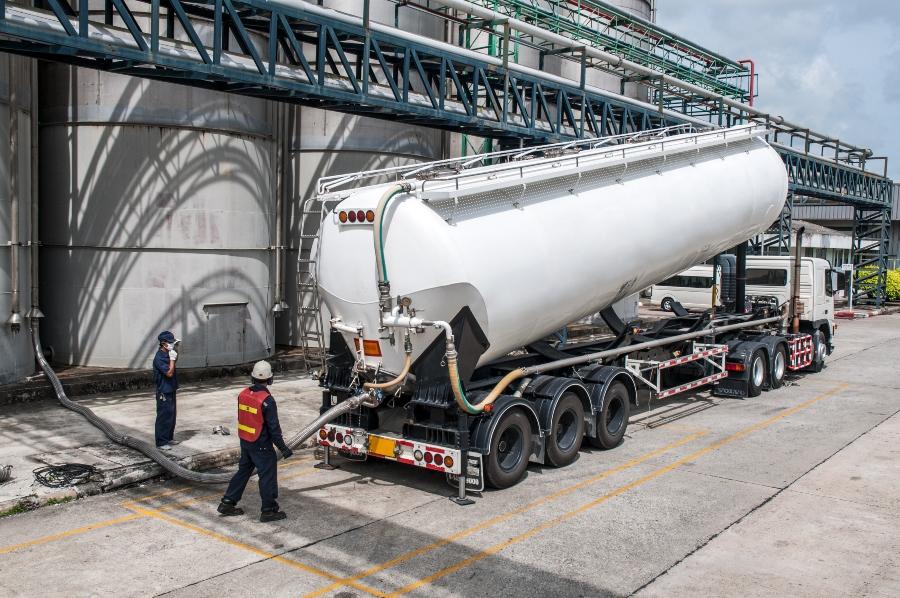
Helpful advice can come from customers familiar with their cargo. Manufacturers of tank cleaning agents should be reputable providers and offer expert advice on selecting the best cleaning solutions for each cargo type.
Kluthe, for instance, is a member of the ATCN (Association of Tank Cleaning Networks), ensuring high standards internationally and offering solutions for every cleaning challenge, including:
- Interior cleaning with food-grade approval
- Exterior cleaning
- Removal of latex residues
- Removal of resins
- Removal of labels and safety tags
- Final Inspection
The effectiveness of tank cleaning must be verified by tests. At a minimum, a visual and odor check is performed at the tank dome. For trucks that carry chemicals or food products, additional checks — such as the ATP (adenosine triphosphate) test — may be used to confirm that no microorganisms remain inside the tank. Proper truck cleaning is a critical link in the supply chain, safeguarding product quality, environmental protection, and public health.
 Kluthe Magazine
Kluthe Magazine
